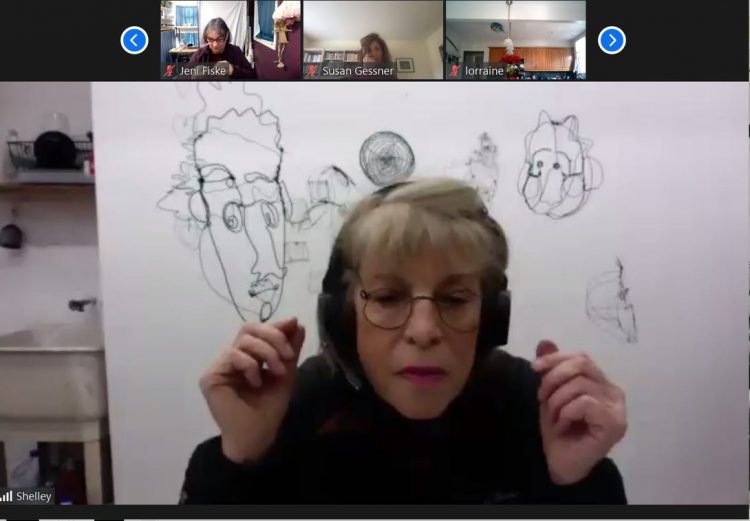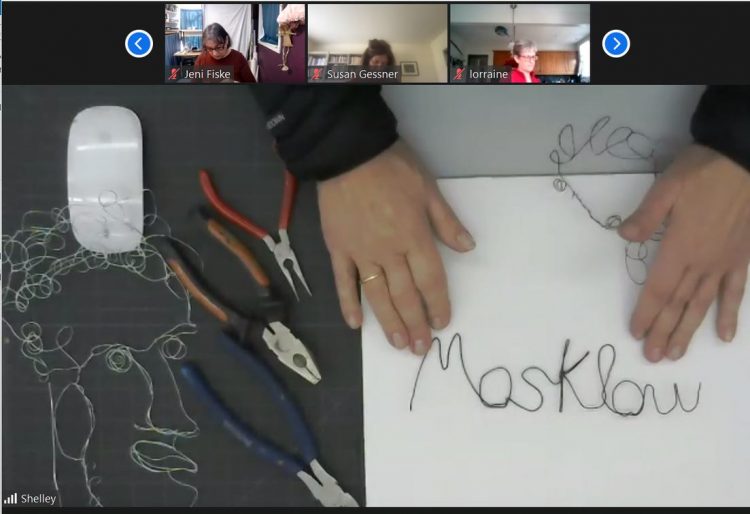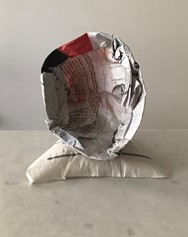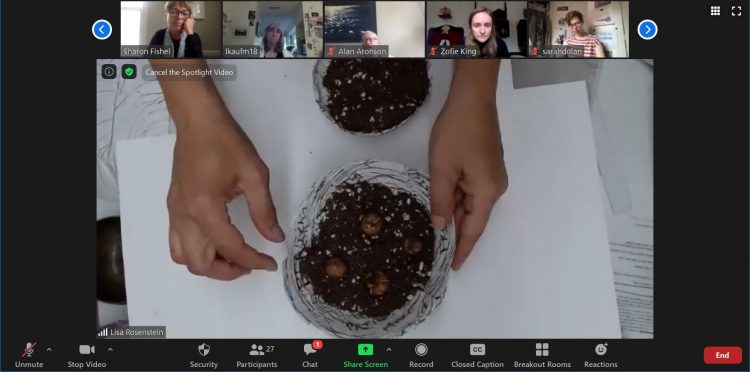The Phillips Collection engages with local voices by asking community members to write labels in response to works in the collection. Read some here on the blog and also in the galleries of Seeing Differently: The Phillips Collects for a New Century. What would you write about these artworks?
Longer tables and shorter walls is the only way forward. Tables where are all welcome. And together we can all dream of a horizon of hope where we support others and they one day may support us.
― José Andrés, Chef/Owner of ThinkFoodGroup and Founder of World Central Kitchen
As I look at this painting I’ll admit that I am drawn to the terrier on the table as I know full well that my own terrier, Charlie, would be in the same spot! His surroundings certainly reinforce how much we all long for the days ahead when we can gather around the table again, sharing stories and meals with loved ones and new friends. There can never be too many opportunities to share our human experiences, especially when it’s over a meal.
―Aaron Silverman, Michelin Star Chef/Owner of Rose’s Luxury, Pineapple & Pearls and Little Pearl
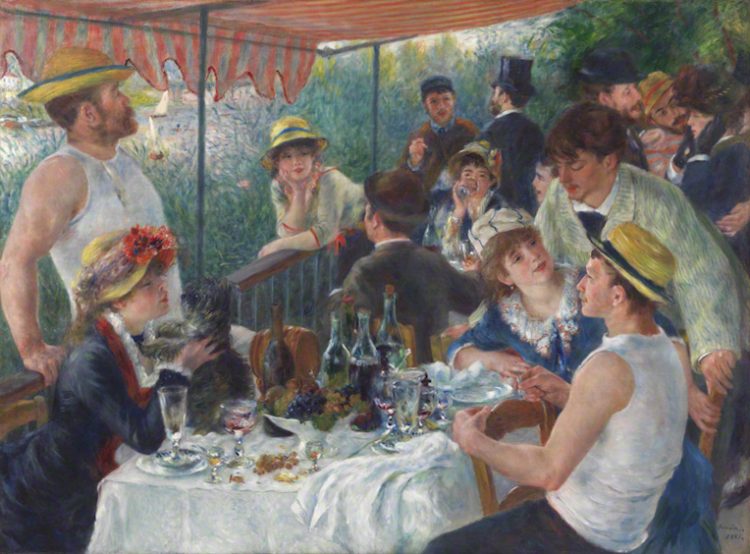
Pierre-Auguste Renoir, Luncheon of the Boating Party, 1880-81 Oil on Canvas, 51 ¼ x 69 ¼ in., The Phillips Collection, Acquired 1923
When I was a child, my grandfather lived close by to the Renoir museum that was previously the artist’s house. I went there many times and discovered the Renoir universe. His paintings bring back for me many happy memories from my childhood. The scene in this painting is about conviviality around a meal. Despite what looks like a simple meal with a casual ambiance, there is a certain sophistication to the scene because of how the women are dressed and the elegant stances of the men. This painting is a good reminder of how food brings people together, not only nourishing the body, but also the soul. This snapshot of a weekend moment is unique because of the talent of Renoir, and it is recognizable in his signature style portraying both a romantic flare and simple joy.
―Eric Ripert, Michelin Star Chef and Co-Owner of Le Bernardin, New York
I wish I could go into a time machine and go back to that time and attend as a guest or better yet to cook for the luncheon in an 1880s kitchen. It evokes such emotions of happiness, joie de vivre, which I think we could all use right now.
―Jean-Georges Vongerichten, International Award Winning Chef and Founder of Food Dreams

